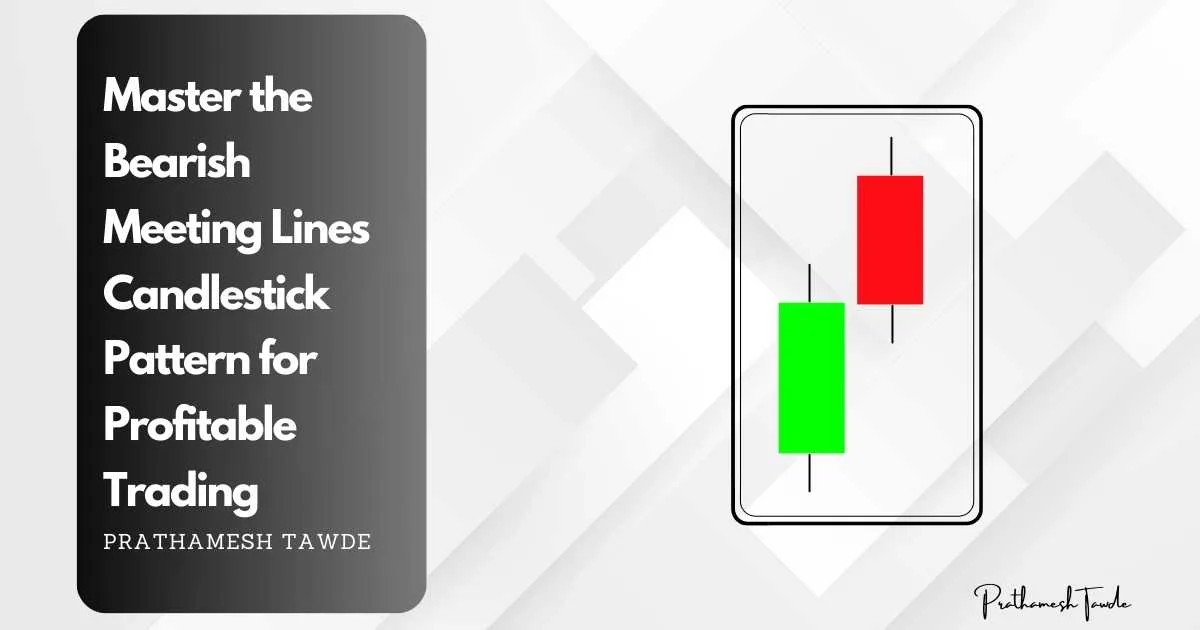Symmetrical Triangle Pattern: A Comprehensive Guide
- Prathamesh Tawde
- October 28, 2023
Introduction
In technical analysis, the symmetrical triangle pattern is special. It holds a unique place. It’s a useful chart pattern. Many traders use it to predict future prices. But what exactly is a symmetrical triangle pattern, and why is it so important in trading?
What is a Symmetrical Triangle Pattern?
A symmetrical triangle pattern is a chart formation. It occurs when the price of an asset converges with a series of lower highs and higher lows. This forms a shape that resembles a triangle. This pattern is a sign of market indecision, where neither the bulls nor the bears are in control. As the pattern progresses, the price range narrows. This leads to a point where a breakout is certain.
Importance in Technical Analysis
These patterns are crucial in technical analysis. They help traders expect price movements. Noticing these patterns can give great insights. They show market sentiment and potential breakout directions. This helps in making better trading decisions.
Understanding Symmetrical Triangle Patterns
Defining Symmetrical Triangle Patterns
Symmetrical triangles form when the price makes lower highs and higher lows. They converge towards a point. The trendlines meet. They show a balance between supply and demand. This balance may cause a breakout.
Key Characteristics
- Convergence of Trendlines: The upper trendline slopes downward, and the lower trendline slopes upward.
- Volume Decrease: As the pattern forms, trading volume typically decreases, indicating consolidation.
- Breakout Point: The pattern ends with a breakout. This can be upward or downward. It is usually accompanied by increased volume.
Historical Significance
Symmetrical triangle patterns have been reliable indicators of future price movements. Traders have used them for decades. They use them to find potential breakouts and trades.
Bullish Symmetrical Triangle Pattern
Definition and Characteristics
A bullish triangle happens in an uptrend. It suggests the trend will continue once the price breaks out of the triangle. The breakout typically happens in the direction of the prior trend.
Real-World Example of a Bullish Symmetrical Triangle
Consider a stock in an uptrend. It starts to consolidate, making higher lows and lower highs. When the price breaks above the upper trendline with more volume, this confirms the bullish triangle. This triangle shows a potential upward movement.
Bearish Symmetrical Triangle Pattern
Definition and Characteristics
Conversely, a bearish symmetrical triangle pattern forms during a downtrend. It suggests the downtrend will continue. This will happen once the price breaks below the triangle’s lower trendline.
Real-world example of a Bearish Symmetrical Triangle
Imagine a cryptocurrency experiencing a downtrend that begins to merge. It forms a series of lower highs and higher lows. A breakout below the lower trendline confirms the bearish symmetrical triangle. Increased volume accompanied it. This signals further decline.
Formation of Patterns
Stages of Formation
1. Initial Trend: The pattern often begins with a strong directional trend.
2. Consolidation: The price starts to make lower highs and higher lows.
3. Narrowing Range: The range of price movements narrows, forming the triangle shape.
4. Breakout: The price eventually breaks out of the pattern, signaling a new trend direction.
Role of Price Action
Price action plays a critical role in forming symmetrical triangles. Buyers and sellers create the pattern’s shape. It shows market indecision and eventual resolution.
Identifying Highs and Lows
To spot a symmetrical triangle, look for at least two lower highs and two higher lows. These points define the trendlines that converge towards the breakout point.
Symmetrical Triangle Pattern Breakout
Understanding Breakouts
A breakout happens when the price moves outside the triangle’s boundaries. It can go above the upper trendline or below the lower trendline. The direction of the breakout determines whether it’s bullish or bearish.
Types of Breakouts: Bullish vs Bearish
Bullish Breakout: The price moves above the upper trendline, suggesting an upward continuation.
Bearish Breakout: The price moves below the lower trendline, indicating a downward continuation.
Types of Symmetrical Triangle Patterns
Continuation Patterns
Symmetrical triangles can show continuation patterns. They suggest that the current trend will continue after the pattern ends. In an uptrend, the breakout goes up. In a downtrend, it goes down.
Reversal Patterns
While less common, symmetrical triangles can also act as reversal patterns. In these cases, the breakout will go opposite to the prior trend. This signals a potential market reversal.
Technical Indicators in Symmetrical Triangle Patterns
Volume Analysis
Volume is a crucial indicator in symmetrical triangle patterns. Volume typically falls as the pattern forms. It then rises during the breakout. This rise confirms the breakout’s validity.
Moving Averages
Moving averages can help identify and confirm symmetrical triangle patterns. Two moving averages might cross near the breakout. This can confirm the new trend.
How to Identify Symmetrical Triangle Patterns
Visual Identification
The first step in finding a symmetrical triangle is to look at the chart. Look for converging trendlines. The pattern should have a clear triangular shape with at least two points on each trendline.
Use of Technical Tools
Tools like trendline drawing tools, volume indicators, and moving averages can help. They can identify symmetrical triangle patterns. They also help confirm them.
Common Mistakes in Identification
One common mistake is misidentifying the pattern due to insufficient data points. Ensure there are at least two distinct highs and lows to draw the trendlines. Another mistake is ignoring volume changes, which are critical for confirming the pattern.
Trading Strategies Using Symmetrical Triangle Patterns
Entry and Exit Points
To trade a symmetrical triangle pattern, consider entering a trade when the price breaks out. Do this when the price breaks out of the triangle with more volume. Set a stop-loss outside the opposite trendline to manage risk.
Risk Management
Effective risk management is crucial when trading symmetrical triangles. Use stop-loss orders to limit potential losses and avoid over-leveraging your positions.
Examples of Successful Trades
Examining past successful trades can provide insights into effective strategies. For example, traders entered long positions after an upward breakout from a triangle. They often saw big gains.
Advantages of Trading Symmetrical Triangle Patterns
Predictability
One of the main advantages of symmetrical triangle patterns is their predictability. The converging trendlines and decreasing volume provide clear signals of an impending breakout.
Versatility in Different Markets
Symmetrical triangles apply to many markets, such as stocks, forex, and commodities. They are a versatile tool for traders in different asset classes.
Disadvantages of Trading Symmetrical Triangle Patterns
False Breakouts
False breakouts are a significant risk when trading symmetrical triangles. These occur when the price breaks the pattern. But, it quickly reverses. This leads to potential losses.
Over-Reliance on Patterns
Relying on symmetrical triangle patterns can be risky. Use them with other technical indicators and analysis methods to increase trading success.
Case Studies
Historical Examples
Historical examples of symmetrical triangle patterns can provide valuable insights. For instance, the pattern has appeared in stock indices before big market moves. It offered chances for traders who saw the formation.
Analysis of Recent Trends
Analyzing recent trends can help identify current opportunities. Look for symmetrical triangles in recent price charts. Then, check potential breakouts based on current market conditions.
Comparing Symmetrical Triangle with Other Patterns
Ascending and Descending Triangles
Symmetrical triangles have converging trendlines. Ascending triangles have a flat upper trendline and rising lower trendline. Descending triangles have a flat lower trendline and falling upper trendline. Each has different implications for potential breakouts.
Wedges and Pennants
Wedges and pennants are similar to triangles but have distinct differences. Wedges slope. Pennants are short-term. They have a flagpole before the flag. Understanding these differences is crucial for accurate analysis.
Tools and Software for Analyzing Symmetrical Triangle Patterns
Best Charting Software
Traders like charting software which is TradingView. They use it to analyze symmetrical triangle patterns. These platforms offer advanced tools and indicators. They help in finding and analyzing patterns.
Popular Trading Platforms
Platforms like Interactive Brokers, TD Ameritrade, and eToro provide strong trading environments. They support the analysis and trading of symmetrical triangle patterns.
Common Misconceptions
Myths vs. Reality
There are several misconceptions about symmetrical triangle patterns. For instance, some traders believe they guarantee a specific breakout direction. Actually, the breakout can go either way. You need to consider other factors.
Clarifying Common Confusions
Clarifying common confusions involves understanding the nuances of the pattern. Not every triangular formation on a chart is a symmetrical triangle. Not all breakouts lead to significant price movements.
Expert Tips for Trading Symmetrical Triangle Patterns
Insider Advice
Experts recommend using symmetrical triangle patterns as part of a broader trading strategy. Using them with other indicators and analysis can boost trade success.
Resources for Further Learning
Many resources are available for traders. They want to learn about symmetrical triangle patterns. Books, online courses, and trading communities can provide valuable insights and advanced strategies.
Setting Symmetrical Triangle Pattern Targets
Calculating Target Prices
Find the target price by measuring the triangle’s height. Add this height to the breakout point for bullish breakouts. Subtract it for bearish ones.
Conclusion
Symmetrical triangles are a powerful tool in technical analysis. They let traders predict market movements and find trading opportunities. They come with risks. But, their predictability and versatility make them valuable for traders. You can effectively use symmetrical triangle patterns in your trading plan. You just need to understand how they form, their traits, and trading strategies.
FAQs
A symmetrical triangle is a chart pattern. In it, the price of an asset makes lower highs and higher lows. They converge towards a point. This pattern shows potential market indecision and an impending breakout.
To trade a symmetrical triangle pattern, enter a trade when the price breaks out of the triangle. Do this with high volume. Set a stop-loss just outside the opposite trendline. Do this to manage risk. Also, consider using more technical indicators for confirmation.
A symmetrical triangle has converging trendlines with lower highs and higher lows. An ascending triangle has a flat upper trendline. It has a rising lower trendline. This pattern typically shows a bullish continuation.
Symmetrical triangle patterns can show potential breakout directions. But they are not foolproof. You should use them with other analysis tools and indicators. This will improve accuracy.
Yes, these patterns can be reliable for beginners. They are easy to see and understand. However, it is vital to use them with other analysis methods. Also, to practice effective risk management.

I’m Prathamesh Tawde, a leading figure in the dynamic world of financial markets. Born on March 30, 1986, in the vibrant city of Thane, Maharashtra, I’ve nurtured a profound passion for technical analysis and a commitment to guiding individuals toward successful trading journeys. With a mission to empower and educate, I’ve carved a distinct niche as a content creator, educator, and mentor.





